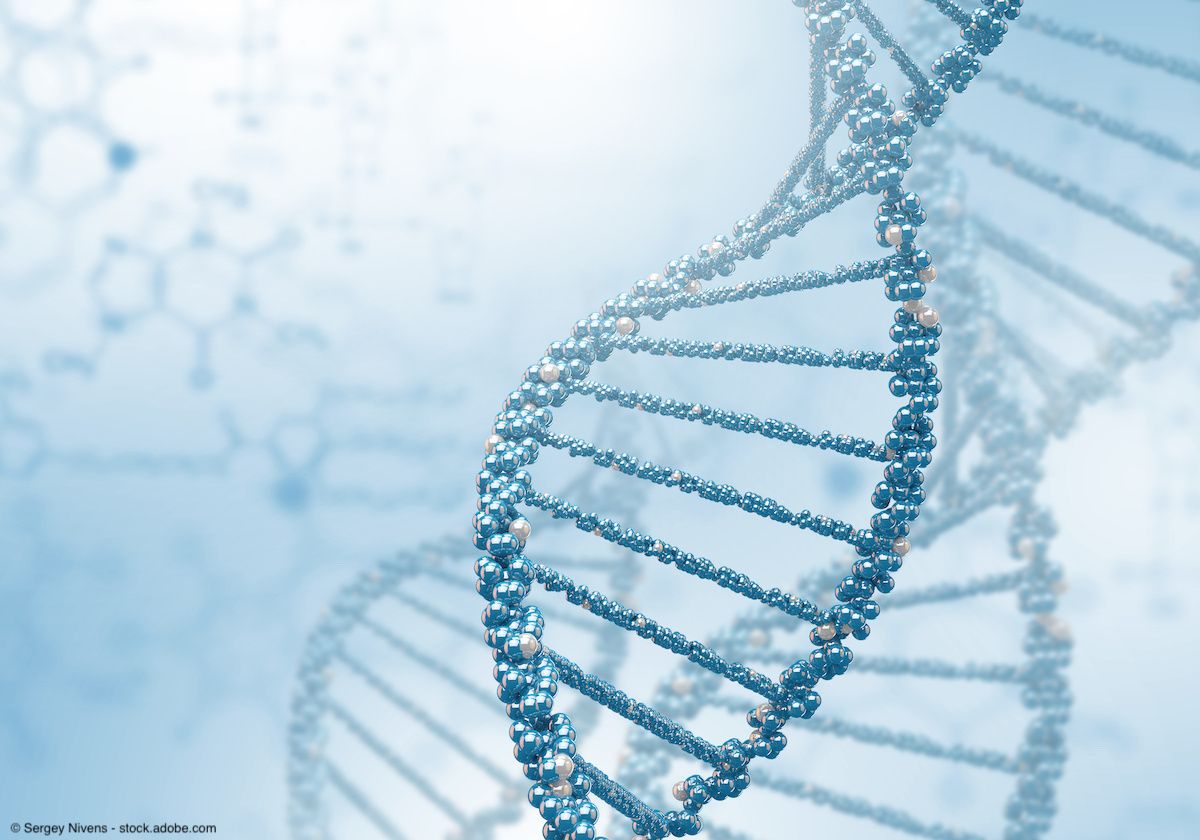Article
Study does not support routine use of panel-based cfDNA assay in ccRCC
Author(s):
A study published in the Journal of Clinical Oncology Precision Medicine showed that when next-generation sequencing (NGS) profiling with cell-free DNA (cfDNA) was used in patients with metastatic clear cell renal cell carcinoma (RCC), there was a low detection rate, discouraging the use of routine panel testing and relevant biomarker efforts in this indication.1
MSK-IMPACT platform was used to detect 582 genomic alterations. A total of 24 alterations were identified using cfDNA in 6% of patients through the use of standard thresholds for de novo variant calling in cfDNA. Additionally, manual cross-genotyping for cfDNA and tissue was used to identify 210 genomic alteration that were detectable below thresholds in 67% of patients. Though limited, intrapatient concordance with tissue testing included VHL (31.6%), PBRM1 (24.1%), and TP53 (52.9%).
A total of 110 patients who had metastatic clear cell RCC who underwent tumor tissue profiling with MSK-IMPACT had cfDNA collected at a random time point. At diagnosis of metastatic disease, the median age was 58 years and the International Metastatic Renal Cell Carcinoma Database Consortium risk status was favorable in 40% of patients, and intermediate/poor in 60%. At the time of cfDNA collection, the median number of disease sites was 2 and the median tumor volume was 8.7 cm3. At the time of cfDNA collection, 88% of patients were receiving systemic therapy. The median time from beginning therapy to cfDNA collection was 7.2 months. At the time of collection, investigator-assigned response determined that 58% of patients were stable, 25% were progressive, and 15% were responsive.
Investigators reported that 60% tumor tissue was taken from kidney primaries and 40% was taken from a metastatic site. A total of 554 genomic alterations were identified in the analyzed tumor tissue, with all patients having at least 1 alteration identified; the median number of alterations per patient was 4. In those with RCC-associated genes the most common alterations were VHL (89%), PBRM1 (49%), SETD2 (36%), BAP1 (17%), and TP53 (16%).
The median time from tissue and blood collection was 23 months, the median cfDNA yield was 23.9 ng, and the median coverage of depth was 679x. Moreover, the median of maximum variant allele frequency (VAF) across all panel genes was 0.001. Additionally, investigators identified alterations private to cfDNA including 28 mutations in 9 patients , 21% of which were indexed in the MSK clonal hematopoiesis database, consisting of 40,028 individuals. Additionally, 2% of 526 alterations not private to cfDNA being indexed in the database.
Investigators assessed VHL mutational status, and reported that 89.1% of patients has genomic alterations, and 4.1% had mutations identified via automated calling of cfDNA-IMPACT. Of note, the detection rate for expanded detection and cross-genotyping increased to 32%; 68% of patients with VHL mutations identified via tissue.
In a population of 108 patients, chromosome 3p was identified in 74% who demonstrated 3p loss or loss of heterozygosity and 6% had copy neutral loss of heterozygosity. There was no detectable chromone 3p loss in cfDNA-IMPACT due to low purity.
Among 98 patients who had known tumor VHL alteration, 28% had concordant genomic alterations in cfDNA-IMPACT. Investigators identified an association between a higher tumor burden and VHL genomic alterations detected in cfDNA (chi-square, P = .04). Radiographic response was assessed, although there were no significant associations among those who responded to treatment with a VHL(chi-square, P = .45) or any detectable genomic alterations (chi-square, P = .31).
Of 110 patients, TP53 was altered in 9 via cfDNA vs 17 via primary tissue. The cohort was then stratified in intervals by primary tissue and cfDNA collection, with investigators identifying alterations in tissue and cfDNA in 9 of 17 patients. There were no significant differences in frequency of detection across time intervals, with 47% of TP53 alterations detected via tumor tissue only.
Reference
1. Kotecha RR, Gedvilaite E, Ptashkin R, et al. Matched molecular profiling of cell-free DNA and tumor tissue in patients with advanced clear cell renal cell carcinoma. JCO Precis Oncol. Published online July 7, 2022. doi:10.1200/PO.22.00012
















